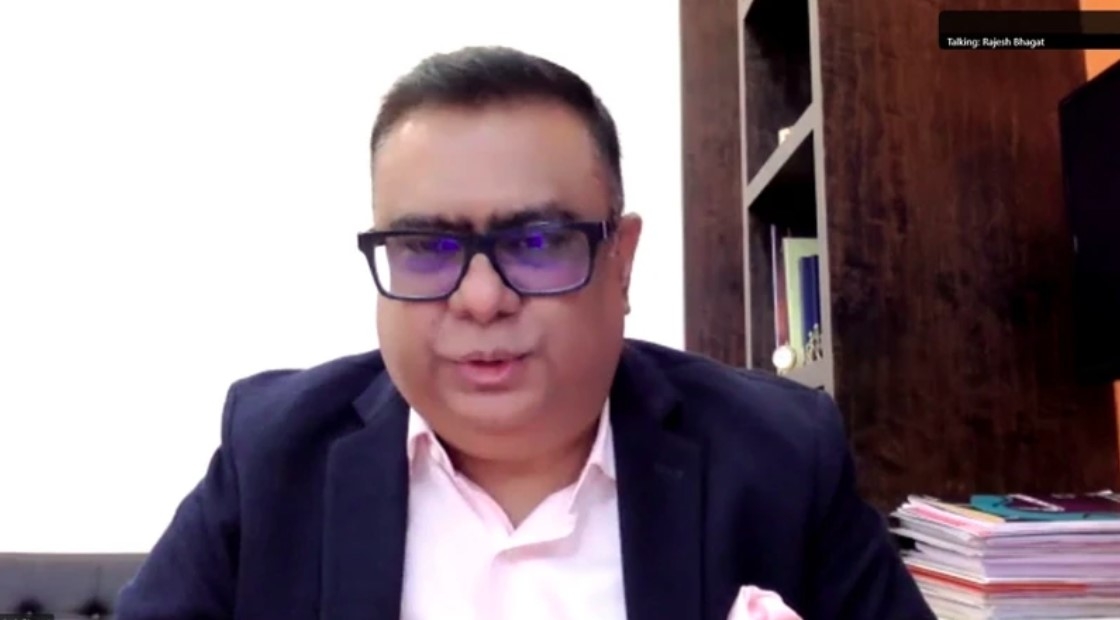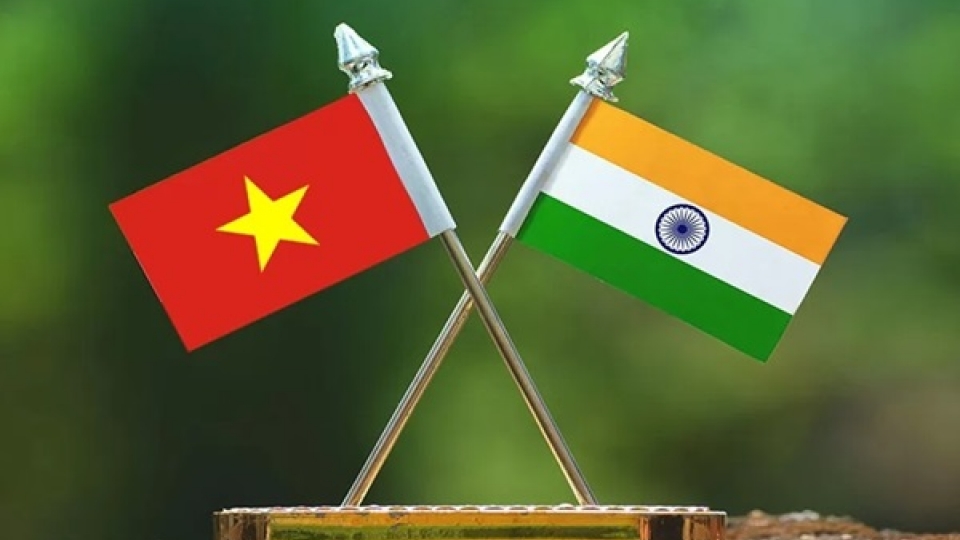Wood and furniture sector key area for Vietnam-India economic ties
The Vietnamese Trade Office in India, in coordination with relevant partners, hosted an online seminar on May 21 to strengthen trade and investment ties in the wood and furniture industry between the two countries.

Nearly 100 Vietnamese and Indian businesses, along with representatives from industry associations and trade promotion agencies, joined the event to explore partnerships and expand bilateral trade.
At the seminar, Bui Trung Thuong, Trade Counsellor at the Vietnamese Embassy in India, highlighted growing prospects for strategic cooperation, especially as exports to traditional markets face increasing challenges.
He noted India’s status as one of the world’s fastest-growing furniture markets, projected to exceed US$40 billion by 2025, with double-digit growth continuing through 2030. Vietnam, meanwhile, is the world’s second-largest wood furniture exporter, known for its strong production capacity, advanced processing technologies, and skilled workforce.
Thuong said aligning Vietnam’s manufacturing strengths with India’s vast market demand would benefit both sides, enabling Vietnamese firms to expand their market share while offering Indian businesses high-quality, competitively priced supplies.
Rajesh Bhagat, Chairman and CEO of Worldex India, stressed the enormous potential of the Indian furniture sector, fuelled by infrastructure growth, real estate development, and rapid urbanisation. He urged Vietnamese enterprises to pursue long-term partnerships, including joint ventures and technology collaboration.
Ngo Sy Hoai, Vice Chairman and Secretary-General of the Vietnam Timber and Forest Products Association (VIFOREST), identified both opportunities and challenges in bilateral trade. He cited the strategic partnership between the two countries and the ASEAN–India Free Trade Agreement as favourable conditions. Vietnamese furniture, he said, matches Indian consumer tastes. However, obstacles remain, such as trade barriers, differences in technical standards, India’s Bureau of Indian Standards (BIS) certification requirements, high transport costs, and competition from China and other ASEAN countries.
To overcome these hurdles, Hoai proposed signing MoUs between associations, holding regular exchanges of market information, speeding up BIS certification, and participating in trade fairs and exhibitions in both nations.
Participants also discussed cooperation in distribution, investment, technology transfer, and joint production, signalling strong potential for the wood and furniture industry to become a highlight of Vietnam–India economic collaboration.



